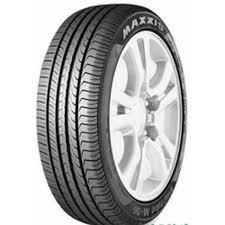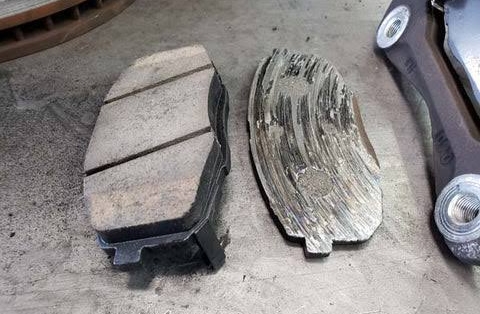Driving Tips
Why Tyre Blowouts Still Kill: How to Avoid Them

On a sunny afternoon along the Lagos-Ibadan Expressway, a luxury bus suddenly veered off the road, rolling over and leaving multiple passengers injured. The cause? A tyre blowout at high speed.
Also Read: How to identify original car tyres
Tyre blowouts remain one of the most common and deadly mechanical failures on Nigerian roads. Despite years of safety campaigns, they still claim dozens of lives annually. This article examines why blowouts are so common in Nigeria, the real dangers they pose, and how to prevent them.
1. Why Tyre Blowouts Are Common in Nigeria
Blowouts happen when a tyre bursts under pressure, often at high speeds. In Nigeria, the problem is amplified by:
- Bad Roads: Potholes and rough surfaces stress tyres.
- Excessive Heat: Hot asphalt and direct sun raise tyre pressure.
- Overloading: Passenger and cargo vehicles carry more than rated capacity.
- Poor Tyre Maintenance: Drivers rarely check inflation pressure.
- Counterfeit & Expired Tyres: Fake or aged tyres flood the market.
2. The Deadly Risk at Highway Speeds
A blowout at 100 km/h can cause:
- Instant Loss of Control: Steering may pull sharply to one side.
- Vehicle Rollovers: Common in SUVs, buses, and heavily loaded trucks.
- Multi-Vehicle Collisions: Sudden swerving can lead to chain-reaction crashes.
3. How to Prevent Tyre Blowouts
Check Tyre Pressure Regularly
- Underinflation causes heat buildup.
- Overinflation makes tyres more prone to bursting.
Inspect Tyre Tread and Age
- Replace tyres with treads below 1.6 mm.
- Avoid tyres older than 4 years, even if unused.
Avoid Overloading
- Respect the manufacturer’s load limit.
- Distribute cargo weight evenly.
Drive Defensively
- Slow down on hot days and bad roads.
- Avoid sudden swerves or sharp turns.
4. Emergency Actions if a Tyre Blows Out
- Stay Calm: Avoid sudden braking.
- Grip the Steering Firmly: Keep the vehicle straight.
- Ease Off the Accelerator: Allow the car to slow gradually.
- Signal and Move to Safety: Pull over carefully to a safe location.
5. Case Study
In 2024, an FRSC investigation on the Abuja-Kaduna Expressway found that 60% of highway tyre blowouts were linked to underinflated or expired tyres. Proper checks could have prevented most of these incidents.
Conclusion
Tyre blowouts are deadly but preventable. By investing in quality tyres, performing regular checks, and avoiding overloading, Nigerian drivers can drastically reduce the risk of one of the most dangerous emergencies on the road.























